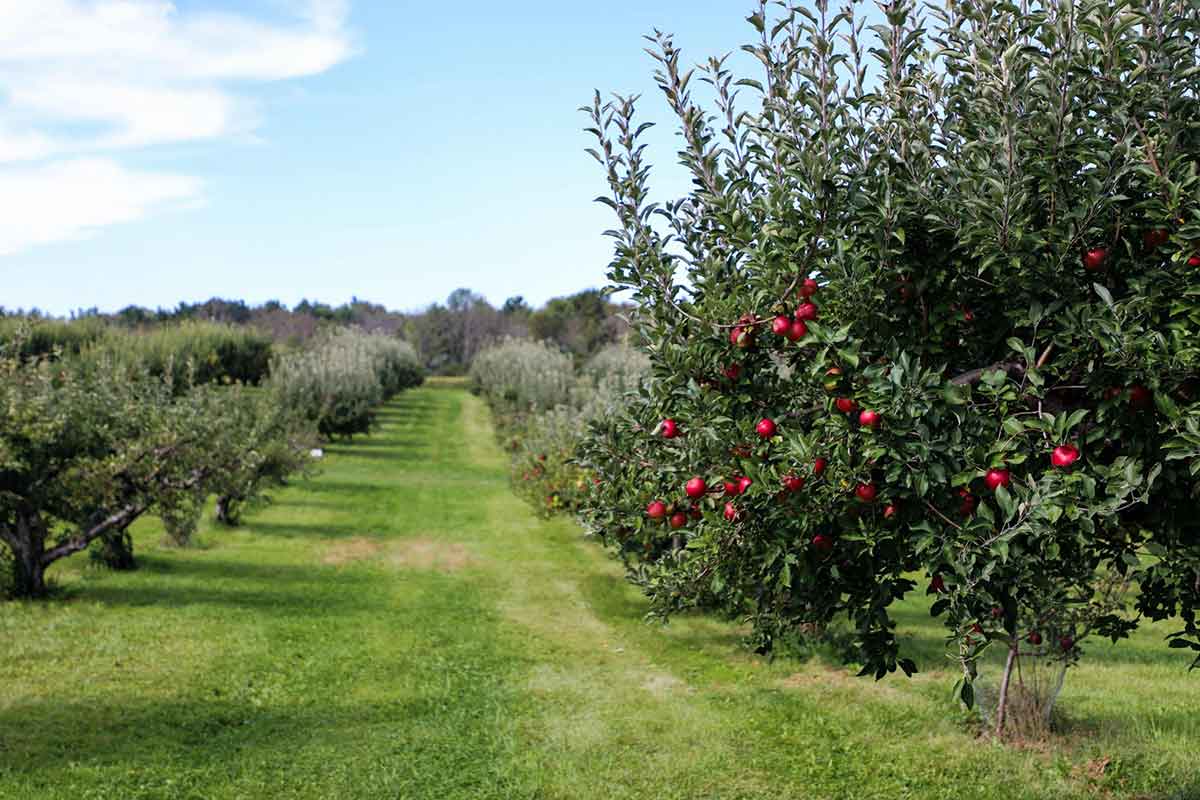We’ve recently acquired an old Massey Ferguson tractor, a MF35X. It’s a project we’re undertaking here at Farm Tech to restore it to its former glory and get this old workhorse running again. From our research we’ve discovered that our Little Red Fergie is a 60s child, production of this model in the UK started in 1962 from Massey Ferguson’s factor in Banner Lane Coventry.
Massey Ferguson is a well-known name in farming circles, it has been a market leader for many years. The company dates back 150 years to 1847 when a Canadian, Daniel Massey, first starting manufacturing farm implements the company rapidly grew and merged with another Canadian farm equipment company in 1891 to form Massey-Harris.
Massey-Harris: 1891 – 1953
Although the name ‘Massey Ferguson’ is synonymous with tractors today, the Massey-Harris company was not an early developer of powered farm equipment. Instead they produced and exported a range of farm equipment such as reapers and mowers throughout the early 1900’s.
The First World War was the catalyst for Massey-Harris to start exploring the sale of tractors. With huge demand for food for the troops Massey-Harris risked losing their market position if they couldn’t supply badly needed tractors. After a brief import agreement with Bull Tractor Company, Massey-Harris came to an arrangement with the Parrett Tractor Company of Chicago where MH would build tractors to PTCC designs and sell them under the Massey-Harris name in Canada and export markets.
After WWI and the subsequent agricultural economic recession, demand for the Parrett-designed tractors dropped off. Massey-Harris next ventured into the tractor market when they bought J.I. Case Plow Works and the rights to the popular tractors produced under the Case name. This combined with a decline in the fortunes of the Ford Motor Companies tractor division, quickly established Massey-Harris as the market leader.
In 1930 Massey-Harris designed and built their first tractor in-house, the General Purpose. This offered features and advantages that were unmatched by other tractors at that time. In fact, other tractor companies would not match these advances for a further 20 years. However, timing was not on Massey-Harris’ side. The Great Depression and a market that wasn’t ready for the advanced features of the General Purpose meant that this tractor failed to gain traction.
The Ferguson System
Meanwhile on the other side of the Atlantic, Belfast man Harry Ferguson was also selling tractors. He had began by developing farm implements for the Model T, many of which had been converted into farm tractors as part of the war effort. His interest in farm implements lead him to develop the Ferguson System – the 3-point hitch – and subsequently a prototype tractor and with implements to demonstrate this system; called Ferguson’s Black Tractor.
Ferguson went into partnership with Daniel Brown to produce his tractor, launching the Ferguson-Brown in 1936. However, as with Massey-Harris at this time, the market wasn’t right for a revolutionary new product with farmers unwilling to invest in a new tractor and the new implements that used The Ferguson System.
The partnership dissolved and Ferguson turned to the Ford Motor Company to produce a tractor using his system. The Ford 9N was launched in 1939. However, fast-forward to 1946 and Ferguson’s deal with Ford is on the cards, Ford having failed to launch a tractor on the UK market using the Ferguson System. Instead Ferguson launches his own tractor the TE20 from his newly acquired Banner Lane plant.
In 1948 Ferguson launched a US version of this tractor called the TO20 which quickly gained market share in the US against Ford.
Massey-Ferguson: 1953 to the present
Ferguson always preferred the engineering and marketing side of the tractor business and wanted to merge with a company who could handle production for him. So in 1953 Massey-Harris acquired Ferguson, becoming Massey-Ferguson.
Our MF35X has a great pedigree. It is the successor to the MF35 (launched in 1957) and in term that was the successor to Ferguson’s original TE20. However, it too was quickly superseded by the MF 135, and was only in production for two years until 1964.
We will be updating you over the next months (perhaps years!) with our progress in restoring this iconic tractor. So watch this space and our social media channels. We would also love to hear about your restoration projects. If you’re restoring a tractor or other farm equipment please let us know, share details on our Facebook page or by getting in touch directly.








